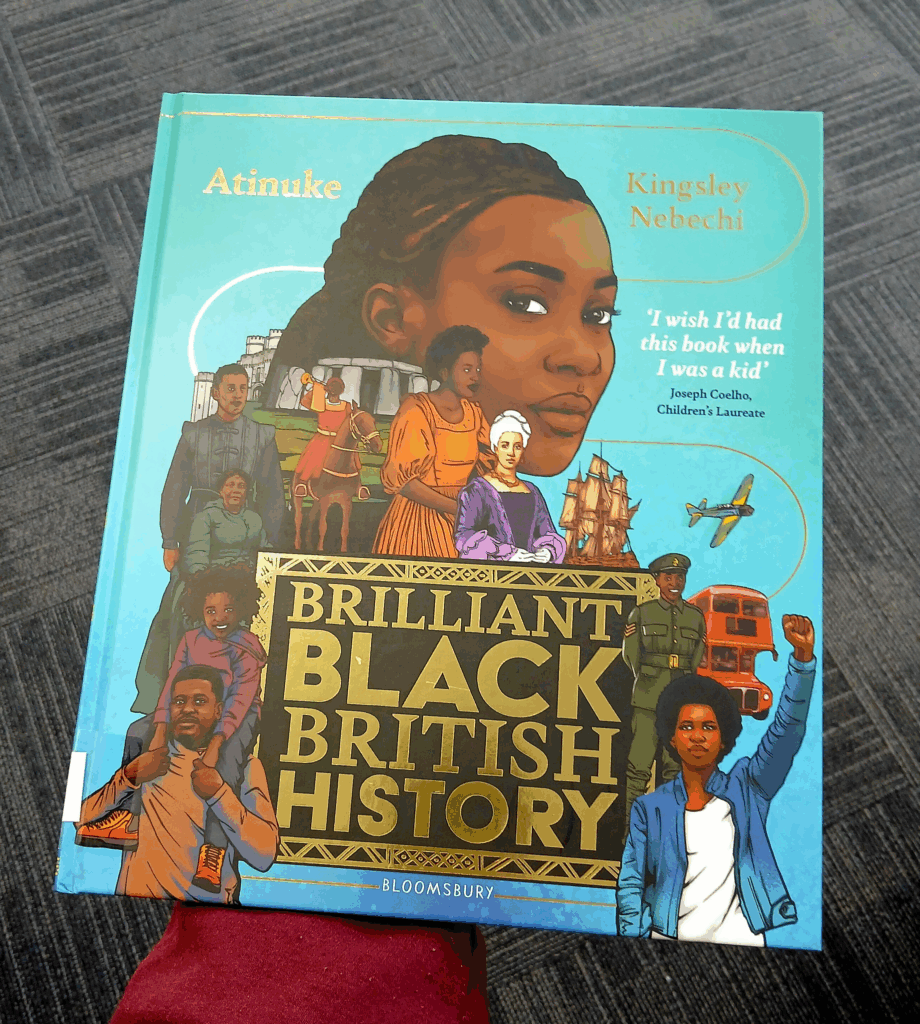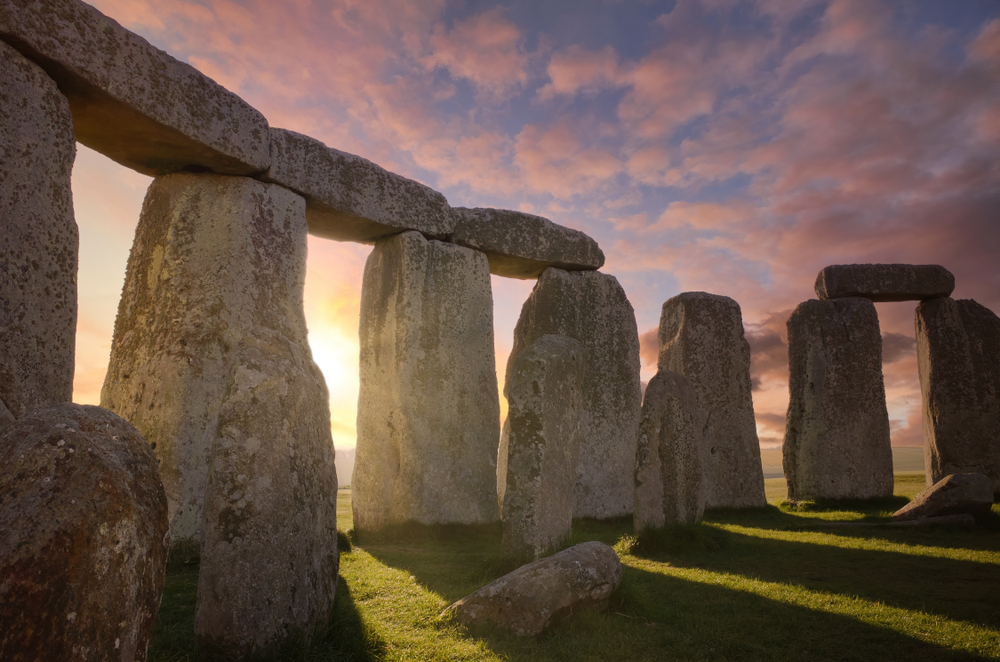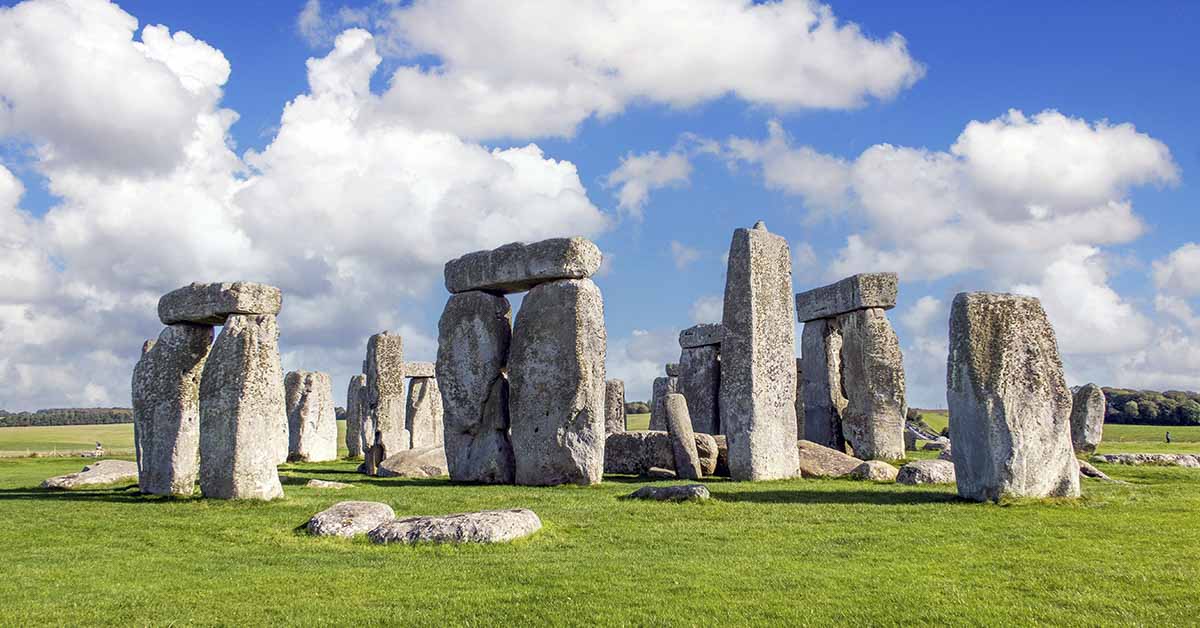A new children’s book is making headlines in the UK for its bold version of ancient history. Brilliant Black British History, written by author Atinuke, claims that Britain was once a Black country and that Black people built Stonehenge. This claim about Stonehenge’s origins challenges long-held views and has sparked a heated debate. While the book aims to empower young readers by celebrating overlooked contributions, many critics say it strays too far from the facts.
The discussion around Stonehenge’s origins has grown quickly. Some say the book presents much-needed representation in British history. Others argue that tying identity to historical monuments without evidence risks misleading children. The controversy has expanded beyond the book, prompting new questions about how race and history should appear in education.
The Book That Sparked the Controversy
Atinuke’s book invites children to see Black people as central to Britain’s past. She begins with the claim that Britain was a Black country for over 7,000 years before white people arrived. She also states that Stonehenge was built by Black people. To support her view, she includes references to Cheddar Man, a prehistoric Briton with dark skin.

The book’s goal is to inspire young Black readers. Atinuke wants them to see themselves as part of Britain’s foundation. She presents a vivid, engaging narrative with bright illustrations and simple language. However, the connection between race and Stonehenge has triggered strong pushback.
Critics argue that linking Black identity to Stonehenge origins lacks archaeological support. Some historians say the book risks promoting fiction rather than teaching truth. Even supporters of diverse education worry that such claims may confuse children more than they educate them.
Read More: Is ‘Woke Culture’ On The Decline? 10 Signs It’s On Its Way Out
What Archaeologists and Scientists Say
Experts generally agree on the basics of Stonehenge origins. The monument was built in stages, beginning around 3100 BC and continuing through 1600 BC. Its builders were Neolithic people from farming cultures. Their ancestors migrated from what is now Turkey, through Europe, and into Britain.
Scientists have studied these early populations using DNA and archaeological tools. Thomas Booth, a geneticist at the Francis Crick Institute, explains that early Mesolithic Britons had darker skin. However, by the time Stonehenge was constructed, most of those groups had been replaced by lighter-skinned farming communities.
Moreover, Booth warns against labeling ancient people using modern racial categories. Concepts like “Black” or “white” did not exist in prehistoric times. Human diversity was real, but it looked very different than today. Saying Stonehenge was built by Black people may oversimplify the truth and mislead readers.

Cheddar Man
Cheddar Man plays a key role in the book’s argument. His skeleton was found in Somerset in 1903 and dates back nearly 10,000 years. In 2018, scientists created a facial reconstruction using DNA. It showed that he likely had dark skin, blue eyes, and curly hair.
Atinuke uses Cheddar Man to support her claim that Britain’s early people were Black. However, the link between Cheddar Man and Stonehenge does not hold up. He lived more than 4,000 years before the first stones were placed at the site. His population had largely disappeared by that time.
While Cheddar Man offers proof of diversity in ancient Britain, using him to explain Stonehenge’s origins misrepresents the timeline. His story deserves attention, but it should not serve as evidence for claims about a monument built by later people.
Representation vs. Accuracy in Children’s History
Atinuke’s intentions are clear. She wants children to see Black people as part of British history. Many parents and teachers appreciate this focus. They say most history books leave out diverse voices, and this title helps fill that gap.
However, historians raise concerns about accuracy. David Abulafia, a historian at Cambridge, calls the book’s claims unfounded. He argues that connecting Stonehenge to modern ideas of race is not supported by evidence. Media coverage has echoed this view, warning against using ideology to shape education.
This debate highlights a core challenge. How do we teach inclusive stories while staying true to the facts? Some suggest focusing on proven examples of Black presence in Britain. For instance, there is solid evidence of Black individuals in Roman Britain and later historical periods. These stories allow for accurate, inclusive teaching without relying on speculation.

Final Thoughts
The debate over Brilliant Black British History is about more than one book. It reveals deeper questions about how we tell our stories, who gets to tell them, and how much room there is for interpretation. While Atinuke’s book hopes to empower, the claim that Stonehenge was built by Black people lacks scientific backing and has stirred controversy.
Even so, the conversation it sparked is valuable. It reminds us that history is not just about dates and facts. It’s also about identity, memory, and belonging. As we revisit Stonehenge’s origins and other ancient stories, we should seek balance. We must tell inclusive histories, but we must also tell them truthfully. Future generations deserve nothing less.
Read More: Some Catholics Fear Pope Leo Could Bring ‘Woke Revolution’ to the Vatican

